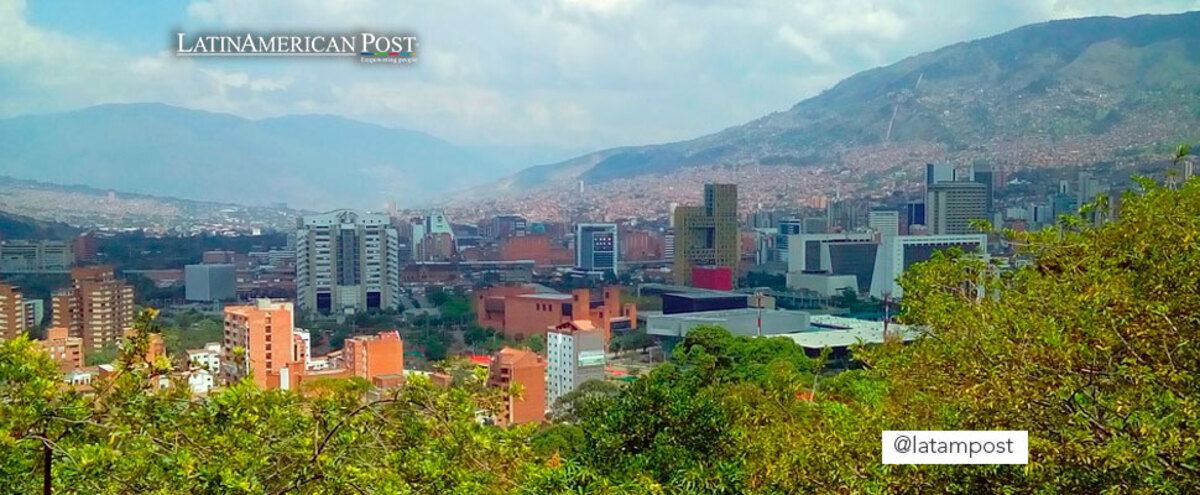Green Areas in Cities, Key to Improving the Physical and Mental Health of its Inhabitants
A Study Carried Out in the City of Barcelona Shows How Green Areas Within Urban Environments Can Contribute Decisively to Improving the Mental Health of Those Who Live in Them

Photo: Pixabay
LatinAmerican Post | Julián Andrés Pastrana Cuéllar
Listen to this article
Leer en español: Áreas verdes en las ciudades, claves para mejorar la salud física y mental de sus habitantes
The multiple benefits that green areas bring to the health and well-being of the inhabitants of urban areas are well known. Nathalie Robbel, technical officer of the World Health Organization's department of public health and social determinants of health, agrees with this, for whom parks, green spaces and bodies of water within cities represent a retaining wall against the ravages of excessive urbanization.
According to this expert, green areas in urban environments would undoubtedly contribute to mitigating the effects of climate change, air pollution, and even those derived from little physical activity. Robbel mentions that green areas encourage the practice of sports activities, while allowing social contact. All of this would result in better pregnancy outcomes and a reduction not only in depression, but also in morbidity rates associated with cardiovascular disease, diabetes, and obesity.
Regarding climate change, green spaces would help combat this phenomenon, on the one hand, by decreasing the levels of short-lived climate pollutants and, on the other, through bodies of water such as fountains, ponds, and lakes that regulate the temperature in cities and lessen the effect known as thermal island. The WHO expert calculates that each tree planted in cities would help reduce the need to use air conditioners, which would translate into a reduction of about 10 kg of carbon emissions from power plants.
The case of Barcelona
A recent study by ISGlobal seems to confirm what Robbel said. This study concluded that the application of the complete rule of 3-30-300 green spaces would have had an impact on an improvement in mental health, less use of medicines and fewer visits to psychologists.
The aforementioned rule, authored by the urban forester Cecil Konijnendijk, is based on the premise that each person can observe at least three trees from their home, enjoy 30% tree cover in their neighborhood and access a park or green area that You are no less than 300 meters from your place of residence.
Read also: COP 15 has Ended: What Agreements were Reached to Protect Biodiversity?
This research was based on a sample of 3,145 people between the ages of 15 and 97 and living in Barcelona, who participated in a survey carried out by the health authorities of this Spanish city. This survey yielded interesting data, among which it stands out that 8.1% of the participants had recently used antidepressants, 8.3% had seen a psychologist and 18% felt they had poor mental health.
The aforementioned data was compared with other findings that indicated that only 4.7% of those surveyed complied with the 3-30-300 rule. About 47% of those evaluated had three trees within 15 meters of each other, 62% had a green space less than 300 meters away, and 8.7% lived in an area with sufficient vegetation cover. It was striking that 22.4% of those interviewed stated that they did not have access to any of these three aspects.
In this regard, Mark Nieuwenhuijsen, first author of the study, stressed the need to leave behind the tyranny of asphalt and bet on planting more trees that allow the inhabitants of cities like Barcelona to enjoy better health, but also contribute to the capture of CO2 and the fight against climate change.




